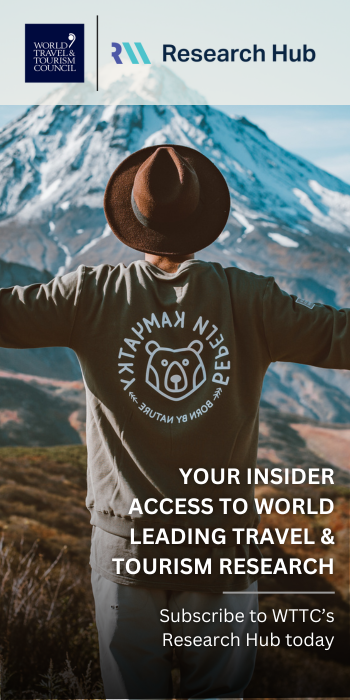Indigenous tourism: For the people, by the people

Indigenous tourism, defined as tourism experiences led and operated by Indigenous communities, is a powerful tool that intertwines cultural preservation with economic empowerment. By showcasing authentic traditions, languages, and crafts, Indigenous tourism helps preserve invaluable cultural heritage while fostering self-reliance and economic growth in Indigenous communities.
It is rooted in the idea of celebrating and sharing traditional practices, cultural narratives, and unique worldviews. It enables Indigenous communities to preserve their identity while gaining financial independence. This sector allows communities to lead the narrative of their heritage, providing them with the agency to counter historical misrepresentation.
Sign in to access actionable insights
Indigenous tourism, defined as tourism experiences led and operated by Indigenous communities, is a powerful tool that intertwines cultural preservation with economic empowerment. By showcasing authentic traditions, languages, and crafts, Indigenous tourism helps preserve invaluable cultural heritage while fostering self-reliance and economic growth in Indigenous communities.
It is rooted in the idea of celebrating and sharing traditional practices, cultural narratives, and unique worldviews. It enables Indigenous communities to preserve their identity while gaining financial independence. This sector allows communities to lead the narrative of their heritage, providing them with the agency to counter historical misrepresentation.
As Sebastien Desnoyers-Picard, Vice President of the Indigenous Tourism Association of Canada (ITAC), asserts, Indigenous tourism “is crucial for reclaiming identities and building connections between Indigenous nations.” By creating platforms for storytelling and sharing lived experiences, it supports self-determination, a right recognised by the United Nations Declaration on the Rights of Indigenous Peoples.
Cultural preservation through Indigenous tourism
One of the most significant benefits of Indigenous tourism is its role in revitalising cultural practices, traditions, and languages. Communities are incentivised to maintain traditional crafts, ceremonies, and storytelling, ensuring their transmission to future generations. For example:
- Canada's Indigenous tourism initiatives: The Indigenous tourism sector in Canada exemplifies this cultural revival. With more than 1,900 Indigenous-owned businesses, it creates avenues for preserving traditional crafts and arts, providing employment for over 39,000 people.
- The "Original Original" programme: This initiative verifies Indigenous-owned businesses, promoting authentic experiences. Certification under this programme ensures businesses meet standards of cultural authenticity and are majority-owned by Indigenous communities. Such programs instil pride in younger generations while attracting international recognition.
Preservation goes beyond crafts; it includes safeguarding languages and oral traditions. Projects like Kipi, a robot developed in Peru to support Quechua and Kukama language preservation, highlight the innovative ways Indigenous communities are utilising tourism platforms to sustain cultural identity.
Economic empowerment and self-reliance
Indigenous tourism is equally impactful as an economic driver. It creates employment opportunities in remote areas and fosters entrepreneurship, enabling Indigenous communities to achieve financial independence. Examples include:
- Economic impact in Canada: Research shows the Indigenous tourism sector contributed over CA$1.7 billion to Canada’s GDP in 2017. ITAC has plans to grow this to CA$6 billion by 2030, with 21,000 new tourism jobs on the horizon.
- Sámi Duodji certification: In Northern Europe, the Sámi people leverage tourism to sustain their traditional handicrafts. Certification trademarks, such as ‘Sámi Duodji’, ensure that proceeds from these products benefit the Sámi community while preserving authentic cultural methods.
Moreover, Indigenous tourism often integrates environmental sustainability, reinforcing the stewardship of land and natural resources. As Steffan Panoho of New Zealand’s Ngāti Kurī Tourism puts it, “Our tourism activities allow Indigenous people to stay on their land, maintain Elder connections, and pass on traditional knowledge.”
Indigenous tourism exemplifies the synergy between cultural preservation and economic advancement. By supporting these initiatives, we not only celebrate cultural diversity but also contribute to a more sustainable and inclusive global tourism sector.

















